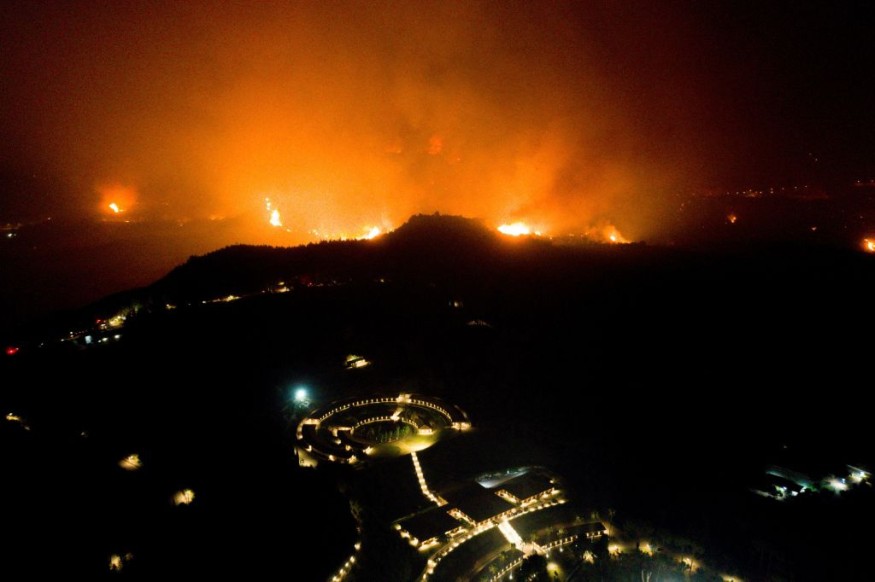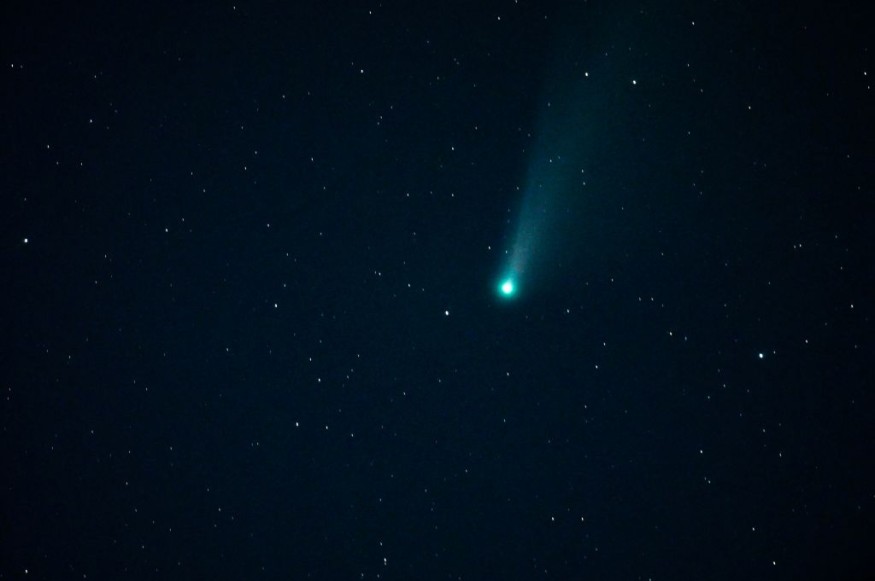Around 12,800 years ago, roaring fires suddenly covered the earth's surface, a firestorm caused by the fragments of the comet that could measure for about 100 kilometers that wiped out all of the dinosaurs.
Just as it was emerging from 100,000 years of being covered in glaciers, dust clouds covered the Earth and revealed a mini ice age that kept the whole earth cool for another thousand years.
How did the firestorm consume the earth?

According to Adrian Melott from the University of Kansas, who co-authored a 2018 study detailing this catastrophic event, "The hypothesis is that a large comet fragmented and the chunks impacted the Earth, causing this disaster," as noted by Sciencealert.
He also mentioned that there are different chemical signatures found at 10% of Earth's land surface or about 10 million square kilometers covered by these firestorms are carbon dioxide, nitrate, ammonia, and many other chemicals.
To examine the blazing fires and shockwaves of this major event, a team of 24 scientists measured numerous geochemical and isotopic markers at more than 170 locations around the world.
According to Science Alert, one of the items of study administered was on patterns in spore levels, which recommended pine forests were suddenly burned off to get replaced by poplar trees, a species specializing in covering the barren ground, as you would possibly get once the planet has been hit by a series of large fireballs.
According to Mellot via NasaHindi, "Computations recommend that the impression would have depleted the ozone layer, inflicting will increase in pores and skin most cancers and different detrimental well-being results."
Read more: Researcher Seeks Answers to Question: How Does a Town Rebuild after a Wildfire?
The 'Ice age' was caused by the comet fragments and firestorm
High concentrations of platinum and high levels of dust, commonly found in asteroids and comets, were also identified in the samples analyzed by the researchers, with increased concentrations of combustion aerosols expected if much of the biomass was burned, along with ammonium, nitrates, and others.

The team noted that plants would have died and food sources would have been scarce, and the previously retreated glaciers had begun to move forward again.
Human culture had to adapt to harsher conditions, which would have resulted in population decline.
The team hypothesized that this widespread of comet fragments and the ensuing firestorm caused an additional mild cooling event, often known as the Younger Dryas.
This relatively short-term spike in planetary temperature is usually associated with changes in ocean currents, as per ScienceAlert.
But the comet's impact isn't an entirely new idea, but this recent study needs a lot of depth to find evidence for it.
Scientists have been debating for years whether the comet's impact triggered the Younger Dryas event.
"The impact hypothesis is still a hypothesis, but this study provides a massive amount of evidence, which we argue can only be all explained by a major cosmic impact," says Melott via ScienceAlert.
© 2025 NatureWorldNews.com All rights reserved. Do not reproduce without permission.





